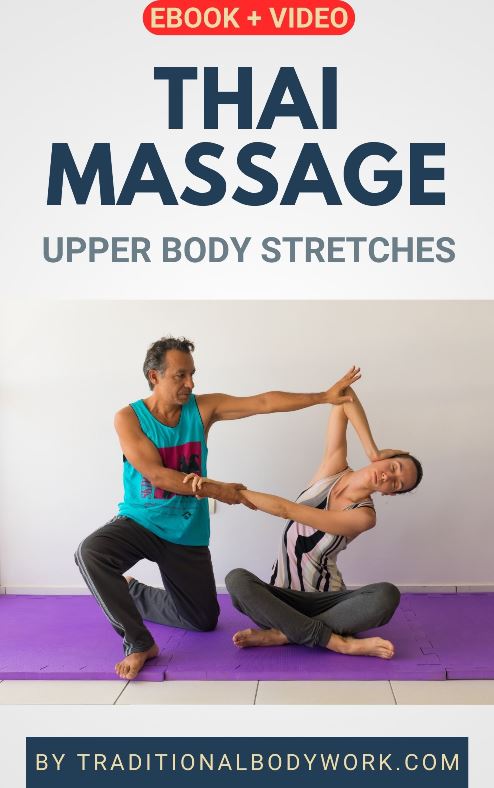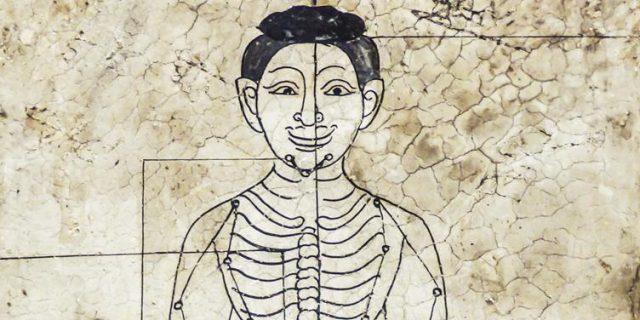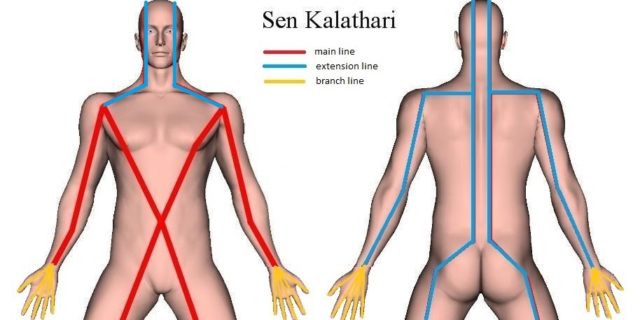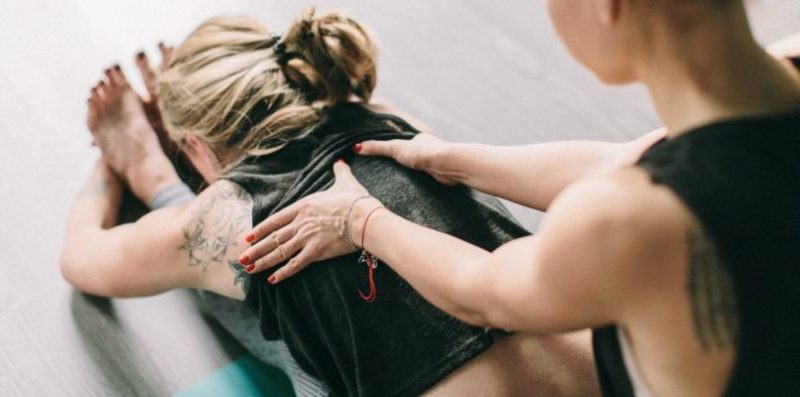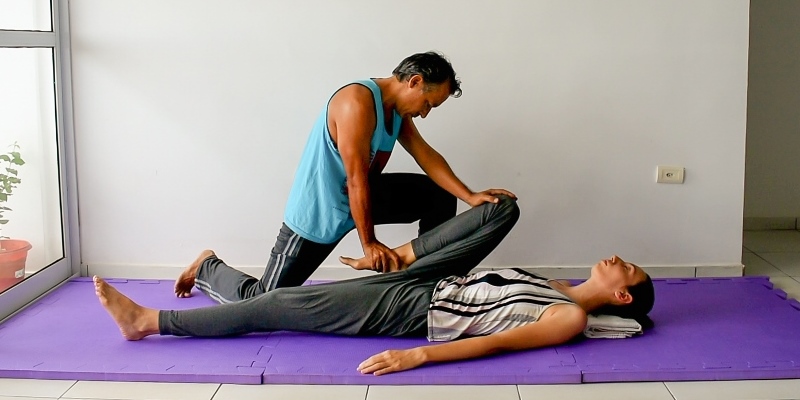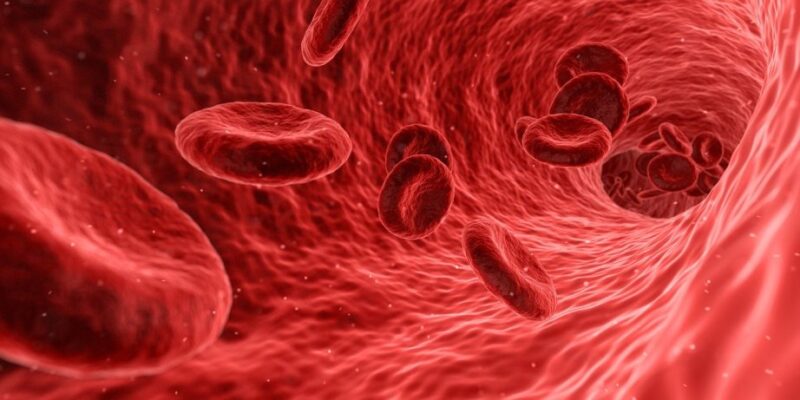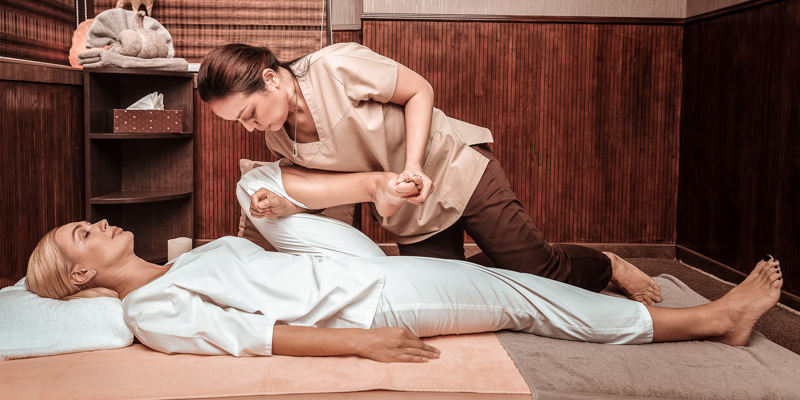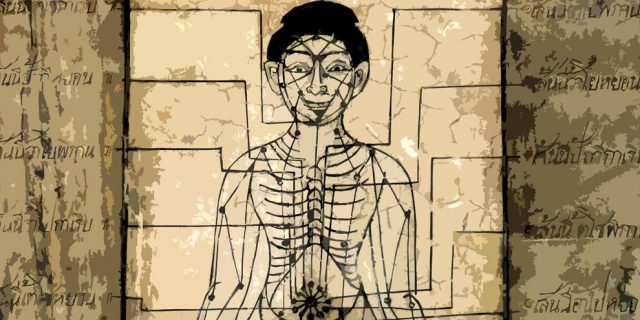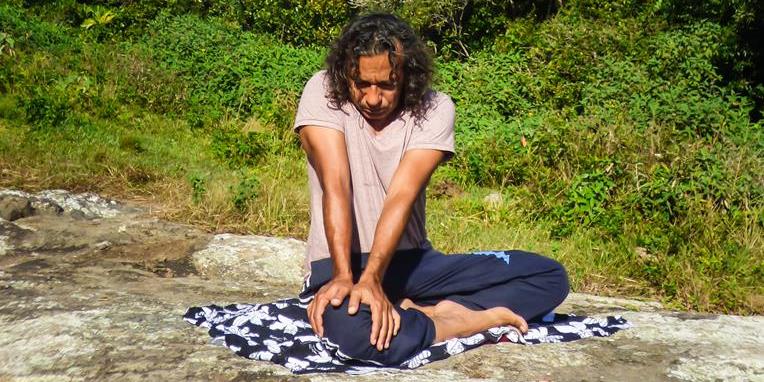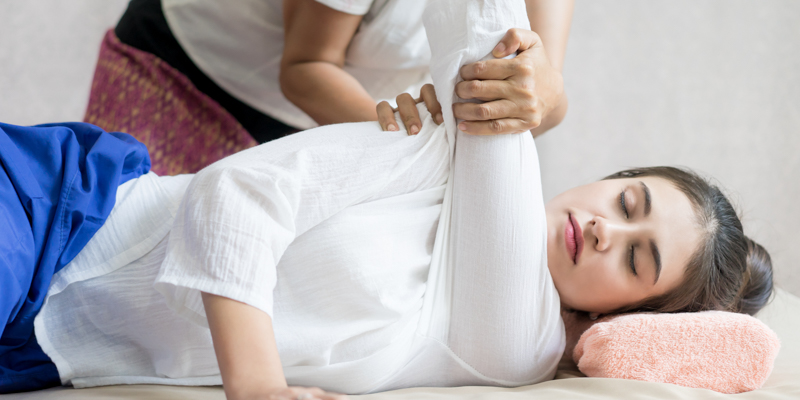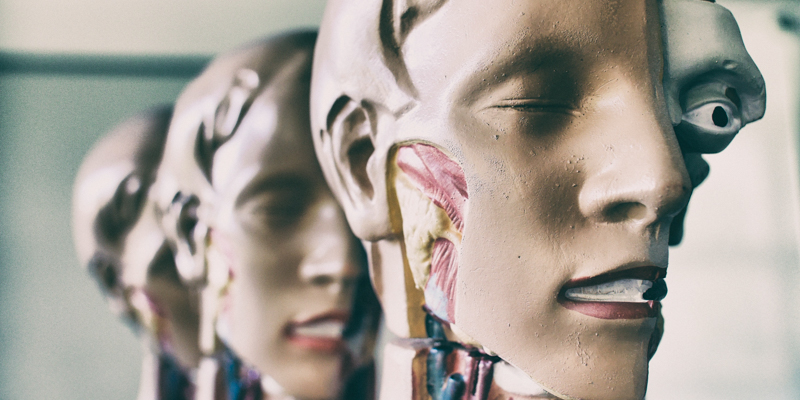
Do you need knowledge of anatomy to become or work as a Thai Massage therapist?
The answer to me is a clear and plain: “No, you don’t!” That is, you don’t necessarily need knowledge of theoretical anatomy. On the other hand, knowledge of functional anatomy is of course indispensable. But the latter is rather a matter of experience.

In the recent past, knowledge about theoretical anatomy was never an issue with regard to Thai Massage. Not in Thailand. And Thai Massage flourished despite of that. And flourishes still. No problem there. Because doing Thai Massage is basically about feeling. The touch and feel of a body. Of problem areas. Of when to do, where to do, what to do, and how to do.
Yet today, we see anatomy education increasingly embedded in Thai Massage courses, both in Western countries and in Thailand. No doubt it’s primarily because of the demand of the West. Western students seem to understand massage better with a foundation of theoretical knowledge.
Well — they think they understand better.
Different Ways of Learning
Western students are happier when they get anatomically framed answers to questions like: “Sir (or Madam), what part of the upper leg muscle are you exactly pressing now?” If one can answer that with “ … the Vastus Lateralis of the Quadriceps muscle …” then — bingo, they will definitely value the training course higher.
Yet another issue is that Western students can get courses more easily (officially) recognized in their own countries if supported by “a decent anatomical foundation.” This guides their choices for specific schools and courses, which makes it a matter of calculation and Return on Investment. And the schools and courses follow — it’s a matter of demand and supply.
It’s also because quite some (advanced) courses are visited by already established bodyworkers from other (Western) healing disciplines, like Osteopathy, Chiropractics, Physiotherapy, and so on. And they, well, they are simply used to talk, think, and feel in a setting of theoretical anatomy. It’s their way of learning. So, the Thai schools and teachers adapt. Again, demand and supply. They don’t care. You want, you pay, you get.
However, I won’t deny that theoretical anatomical knowledge can come handy. Certainly in the West. One can talk to clients like a medical doctor does. It impresses them if you are knowledgeable about the exact location, number, and names of the spinal vertebrae, the Latin names of muscles and muscle groups, and the analytical build-up of joints.
It obviously gives clients more confidence in the therapist and this in turn supplies the therapist with more clients accordingly. Maybe true, but it’s actually a bit of a hoax. At least, when it comes to doing Thai Massage.
Is Anatomy Really Essential?
As a Thai Massage practitioner, I must admit I did get some “Return on Investment” on knowing a bit about human anatomy. It showed me better the physical connections between different parts of the body. For instance, I understood better (and could explain better) why tight hamstrings can cause back pain, or why shortened pectoral muscles can bring about a rounded shoulder syndrome.

So yes, I benefited, in a certain way. But it basically was just to put things in a nicely framed box conceptually. That made me feel good, it made my clients feel good, and probably I just couldn’t let go of my Western heritage. And why should I anyway?
But let’s get things straight: if I, being a practitioner, would feel tight hamstrings or shortened pectoral muscles, I would just do something about it. I would work on them. And it would probably solve back pain or a rounded shoulder if tight muscles were the main cause of problems.
You see, one doesn’t necessarily need theoretical anatomical knowledge to do all that. An anatomical layman would just feel, do, and fix, without even knowing why and how things got fixed.
I still believe that giving an authentic and effective Thai Massage session is somewhat like perfectly and smoothly steering a car, without knowing or needing to know anything about the workings of the engine beneath the hood.





